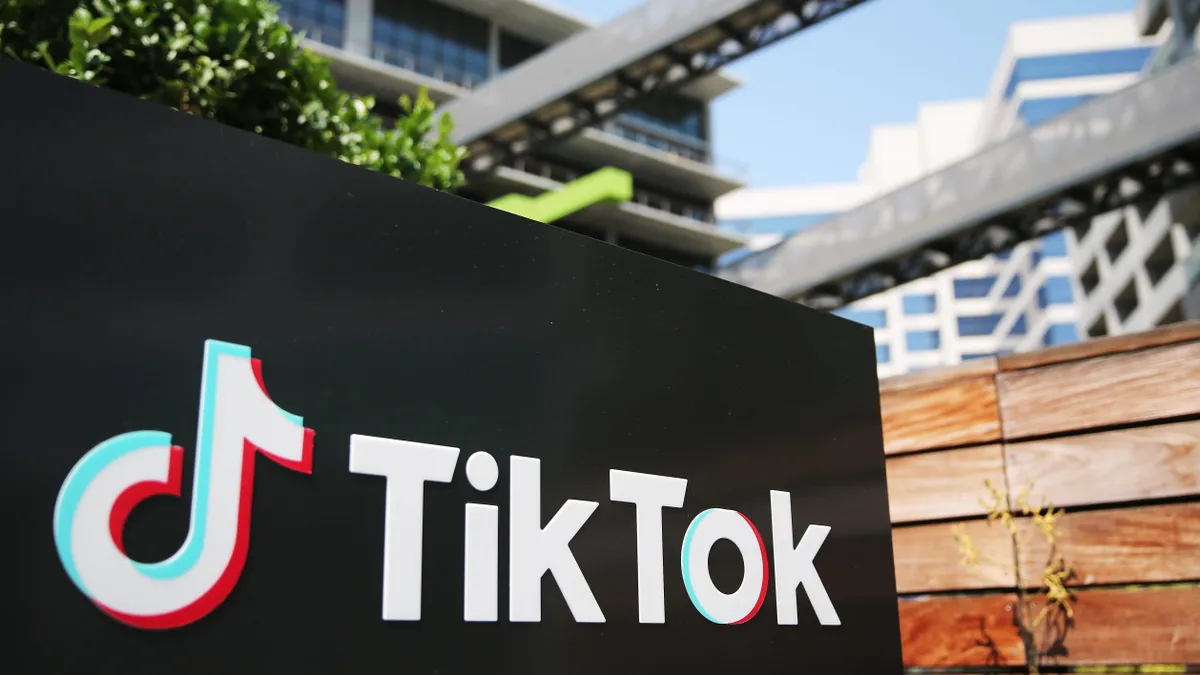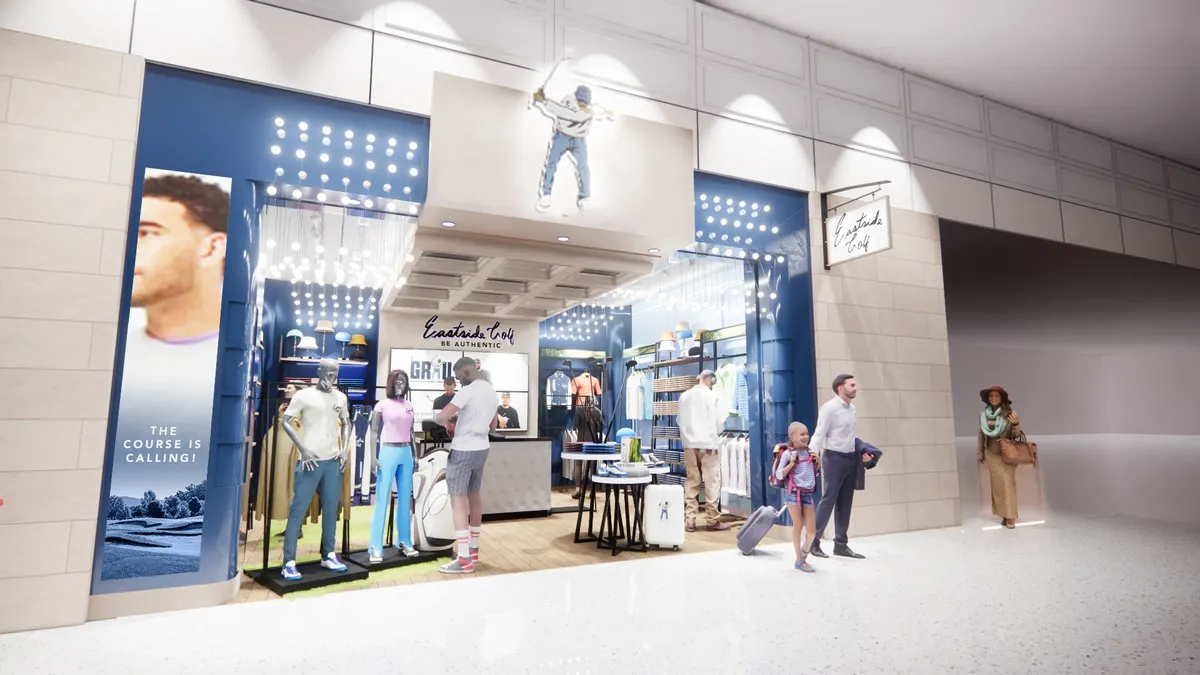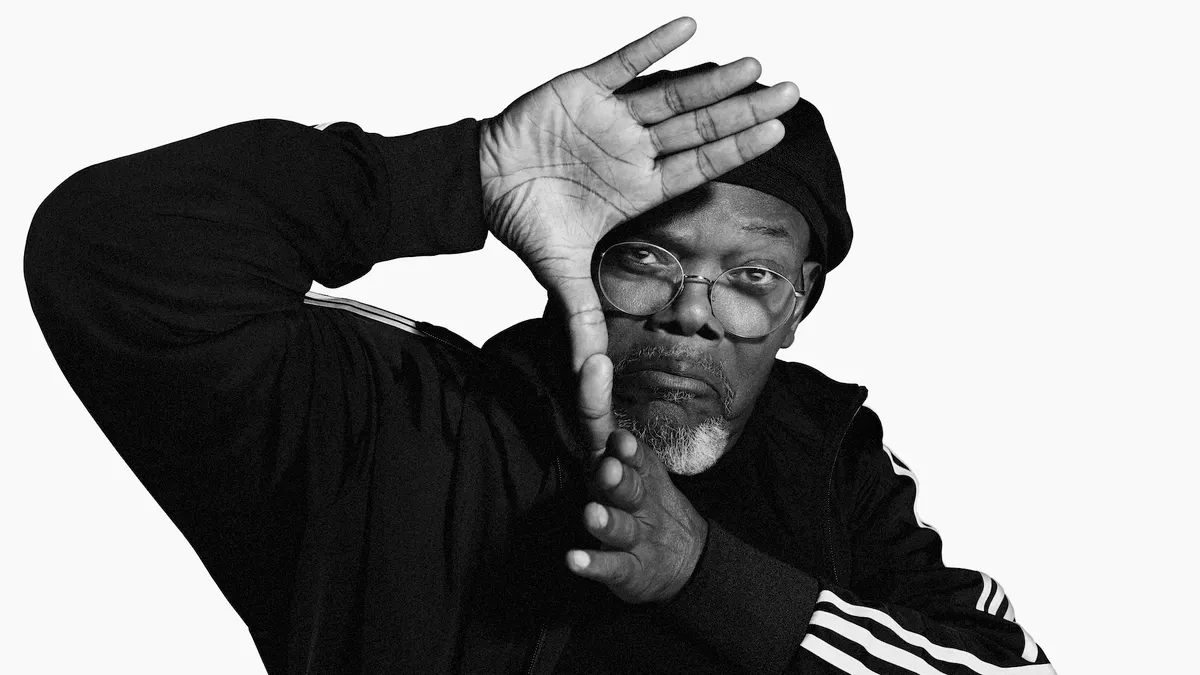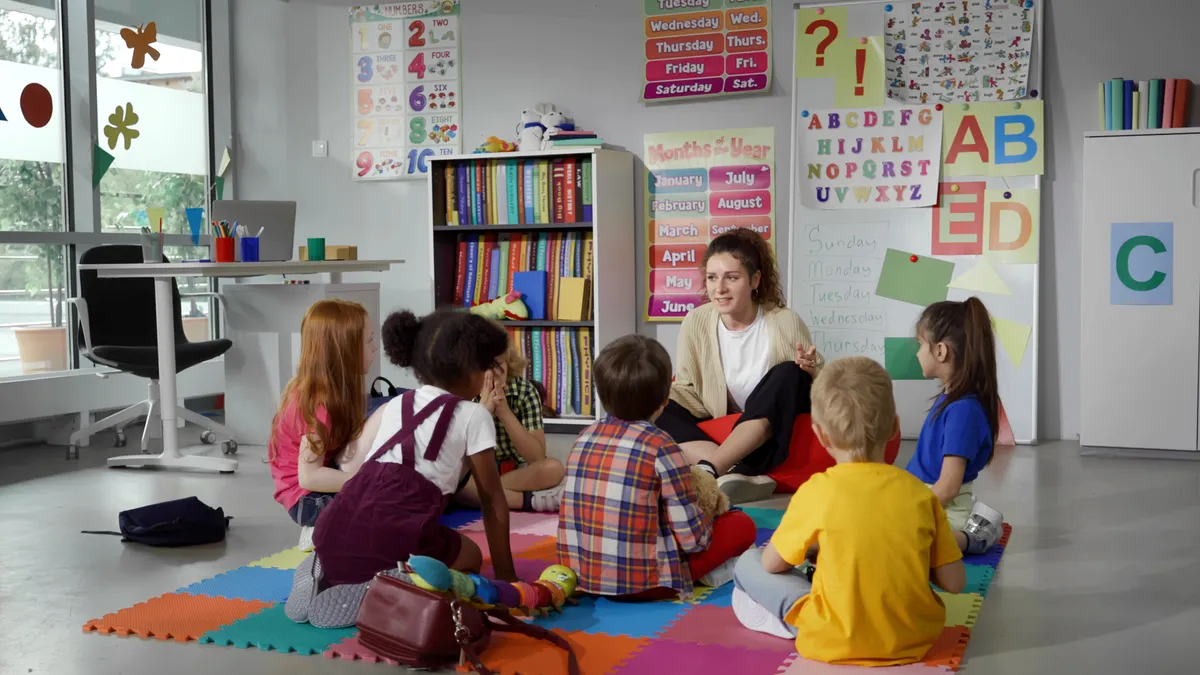In an industry where many direct-to-consumer brands have stolen the spotlight, a panel at eTail East in late August discussed how investment decisions have shifted over time. Venture capital is, after all, key to many of these businesses; Away, Casper, Glossier and Rent the Runway all recently moved into unicorn territory on the backs of strong investment rounds, and all have plans to grow their businesses even more.
Casper and Away, in particular, announced intentions to extend their product offerings with the capital they've raised, and both brands have already expanded far beyond their launch products. The success of those businesses points to some spaces in retail that are primed for disruption, but not every category is a good bet, according to Lee Hower, co-founder and partner at NextView Ventures.
"What makes an attractive category? There's no one formula," he said during the panel, noting his firm's investment in Grove Collaborative and the appealing size of the market that brand operates in. "One of the things that we look for is not just: 'OK, is this category interesting or not interesting,' ... the first thing we look at is really: How big is that market opportunity? There are lots of great businesses that start off in a niche, but they almost always have a grander vision in mind of what's the bigger picture in the long term."
Indeed, that's been the path for many of the most successful DTC brands. Allbirds, for example, recently expanded into socks, Away announced plans for apparel, wellness and lifestyle categories, and Casper now sells dog beds and smart nightlights, among other things. However, the success of certain categories has led to an influx of DTC brands all trying to do essentially the same thing.
"I think there was an arbitrage opportunity five years ago, where you could take a stale category, get an agency to build out a really good brand, really good packaging, slap some millennial pink on top of it and acquire customers cheaply on Instagram. I think that's getting much harder."

David Goldberg
General Partner, Corigin Ventures
Take the mattress category for example: Casper may be the most well-known of the DTC entrants, but competitors like Purple, Tuft & Needle, Leesa and Helix Sleep are also trying to make it in the space, which begs the question of when a category has become too saturated to be a wise investment. To David Goldberg, a general partner in Corigin Ventures, it depends on the market size.
"When I think about brands, there's typically not much of a moat that can be built around it that holds out competitors," he said, which makes him more willing to invest in a space that already has, in some ways, a dominant brand like Casper in it.
"I think there was an arbitrage opportunity five years ago, where you could take a stale category, get an agency to build out a really good brand, really good packaging, slap some millennial pink on top of it and acquire customers cheaply on Instagram. I think that's getting much harder," he said. "And we can all see in our feeds, there's now, you know, 10 skincare companies that all look and feel the same. So we particularly are looking for something where there's real product innovation alongside the brand, or maybe some type of supply chain or distribution competitive advantage that can sort of last a little bit longer than the brand only."
It's also important to note that, while some of these companies get a lot of attention for how successful they've become, they often pale in comparison to some of the traditional players they're up against. Even Casper's head of marketing Jeff Brooks acknowledged that other DTC brands in the mattress space don't make him concerned — the big, brick-and-mortar players do.
Hower pointed to Glossier as another example of a brand that's often hyped in its category, but isn't exactly owning the market.
"It's a great business and a big business that's been built really quickly. Still, a teeny, tiny drop in a tens of billions of dollars market opportunity," he said, referring to the beauty space. "Even when people ask: 'OK, well, if you're a new, e-commerce retail company, how come Amazon's not going to kill you?' Amazon hasn't killed every single category, right? There's many, many, many multibillion dollar pure-play e-commerce companies like Chewy, like Wayfair, like fill-in-the-blank, in addition to all the existing legacy omnichannel companies. So it's extremely rare that, unless it's a very, very, very, very niche market, or there's really unique factors like network effect that can come into play, almost nothing is winner-take-all."
In addition to a strong value proposition to protect against competitors, the approach to brick and mortar has become increasingly important for digital-first brands that are now launching their own pop-ups and permanent stores, as well as partnering with traditional retailers.
For some DTC brands, a physical presence might not matter as much — the panelists discussed brands like Hims, which sells medication to men, as potentially not built for a brick-and-mortar experience.
Other products, however, are better seen and felt before consumers hit the buy button, and that's led to a range of options for brands, including new businesses like Showfields, which showcases multiple DTC brands at a time and rotates their selection regularly. While it does give DTC brands a physical presence without as much of a monetary commitment, it could be a double-edged sword for businesses trying to connect with their customers.
"It looks very much like a traditional department store" Goldberg said of such concepts, noting that they're "a real estate play" for those companies. "The best use case of brick and mortar is not just to be a large, physical, expensive billboard, but it's to bring this experiential component to a brand, and in most co-retailing models, you wind up losing that control, that authenticity and that experience. You walk into Showfields and it's kind of 12 separate little pop ups. They're not always manned, you don't really have that type of experience. I think there's an opportunity there, and I don't know what version two or version three will look like there, but I don't think we're there yet."






















